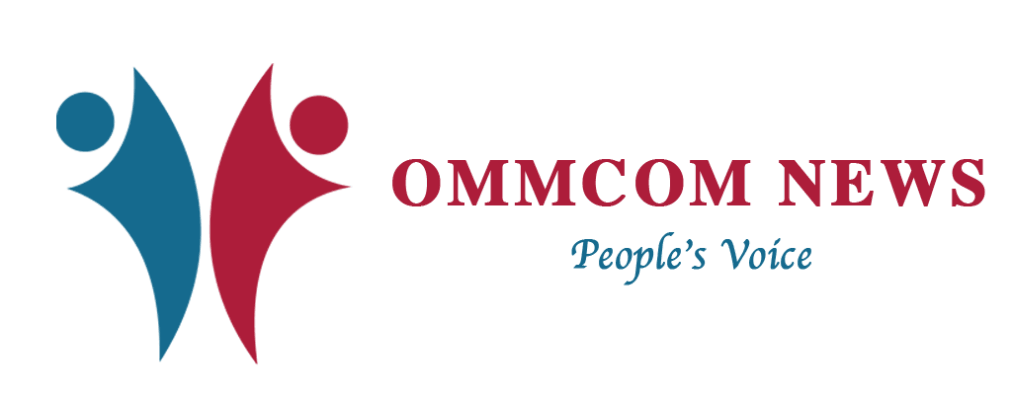Washington: The world’s premier space science observatory James Webb Space Telescope has snapped distant and dusty objects never seen before of the galaxy cluster known as “El Gordo”.
El Gordo is a cluster of hundreds of galaxies that existed when the universe was 6.2 billion years old, making it a “cosmic teenager”. It’s the most massive cluster known to exist at that time. (“El Gordo” is Spanish for the “Fat One”).
Researchers from University of Arizona, Arizona State University in the US and Instituto de Fisica de Cantabria in Spain shared analyses of observations of El Gordo seen from the Webb image in four different papers.
The teams targeted El Gordo because it acts as a natural, cosmic magnifying glass through a phenomenon known as gravitational lensing.
Its powerful gravity bends and distorts the light of objects lying behind it, much like an eyeglass lens.
“Lensing by El Gordo boosts the brightness and magnifies the sizes of distant galaxies. This lensing effect provides a unique window into the distant universe,” said Brenda Frye of the University of Arizona, whose findings were published in the Astrophysical Journal.
Within the image of El Gordo, one of the most striking features is a bright arc.
Nicknamed “El Anzuelo” (The Fishhook) the light from this galaxy took 10.6 billion years to reach Earth.
Its distinctive red colour is due to a combination of reddening from dust within the galaxy itself and cosmological redshift due to its extreme distance.
By correcting for the distortions created by lensing, the team was able to determine that the background galaxy is disk-shaped but only 26,000 light-years in diameter — about one-fourth the size of the Milky Way.
Further, they also were able to study the galaxy’s star formation history, finding that star formation was already rapidly declining in the galaxy’s centre, a process known as quenching.
“We were able to carefully dissect the shroud of dust that envelops the galaxy centre where stars are actively forming,” said Patrick Kamieneski of Arizona State University, lead author on a second paper, accepted for publication in the Astrophysical Journal.
“Now, with Webb, we can peer through this thick curtain of dust with ease, allowing us to see firsthand the assembly of galaxies from the inside out,” Kamieneski said.
Another prominent feature in the Webb image is a long, pencil-thin line at left of centre.
Known as “La Flaca” (the Thin One), it is another lensed background galaxy whose light also took nearly 11 billion years to reach the Earth.
Not far from La Flaca is another lensed galaxy.
When the researchers examined that galaxy closely, they found a single red giant star that they nicknamed Quyllur.
Quyllur is the first individual red giant star observed beyond 1 billion light-years from Earth.
Such stars at high redshift are only detectable using the infrared filters and sensitivity of Webb.
The fourth paper, accepted for publication in the Astrophysical Journal, examined very faint, smudge-like galaxies known as ultra-diffuse galaxies.
As their name suggests, these objects, which are scattered throughout the El Gordo cluster, have their stars widely spread out across space.
The team identified some of the most distant ultra-diffuse galaxies ever observed, whose light travelled 7.2 billion years to reach us.
Webb is an international programme led by NASA with its partners, ESA (European Space Agency) and the Canadian Space Agency.
(IANS)














